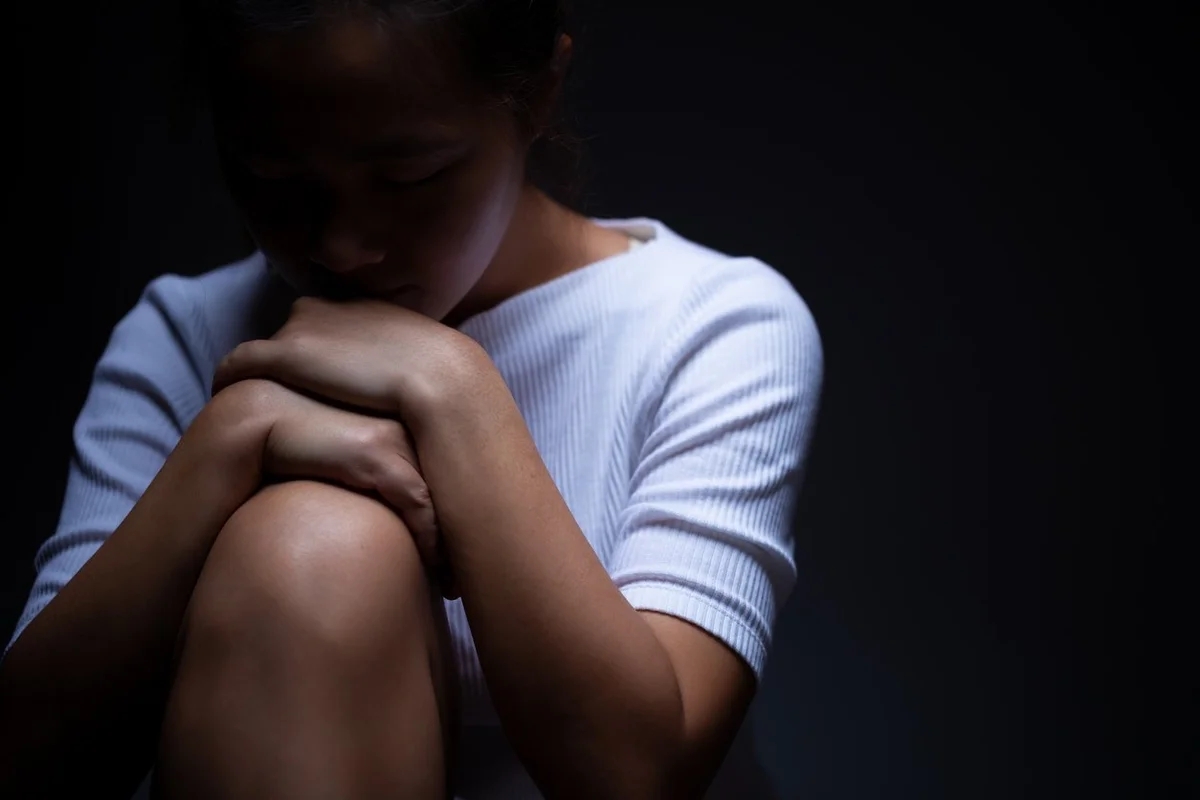“Upon first discovering a lump on my bikini line, my instincts told me something wasn’t quite right and so I made an appointment at my campus health center as soon as possible.”
The doctor examined me and assured me that the lump was simply an inflamed hair follicle — no treatment necessary — so he sent me home. Over time, however, the lump did not go away and something still felt off about it; previous inflamed hair follicles had seemed shallower while this felt deeper and stranger; also, over time it appeared to get bigger over time.
Continued visits to my doctor were met with assurances that it wasn’t cause for alarm. Finally, when referred to an OB-GYN for advice she looked at my lump and stated it is probably an inflamed lymph node; if it doesn’t bother you then leave it be.
Graduation came quickly – an exciting, hectic time of transition for me personally and professionally alike. Though my lump was bothersome at times, it quickly faded in comparison with all that excitement of change; and all my doctors assured me I was healthy at 22.
Shortly after graduating, I joined my mother for her annual mammography screening. On display was a mold of a breast with an example of malignancy – described by the technician as being firm, slow growing and painless.
As soon as I saw it, my mind immediately went back to a lump on my bikini line which ticked all of the boxes for potential cancerous growth based on this criteria.
As soon as I heard this word “oncologist”, my fears increased – why would an oncologist even be necessary in my situation?
My PCP assured me, “You shouldn’t worry; I would rather err on the side of caution.”
So I underwent surgery to have the mass (which turned out to be a lymph node) removed and biopsied. Because I remember wanting to see it after, they showed it back to me; it resembled an egg-shaped lump of dark brown colored tissue.
At once I knew it was bad news when I saw my surgeon’s expression when I returned for my results. Before surgery we’d been friendly and playful; now he could scarcely look me in the eye; his expression tense and solemn.
Jackie, you have stage 3 melanoma,” he explained.
My initial reaction was one of disbelief: How could someone with darker skin than mine develop melanoma?
After receiving my diagnosis, I met with a medical oncologist to discuss my treatment options. These included immediate surgery that involved extracting lymph nodes and some fatty tissue to see whether cancer had spread; or alternatively waiting and watching, which involved doing blood work and scans in order to rule out further metastases of cancer elsewhere.
Further tests revealed that my cancer had not spread, so I made the decision to watch and wait. Instead, I began graduate school.
Three years later, I discovered another lump in my bikini line. It was like Groundhog Day all over again – but this time around I knew exactly what to do: get a referral for surgery who then performed a fine needle biopsy on it.
After the biopsy had revealed melanoma cells, time had come for aggressive and toxic treatments to commence.
After consulting several doctors and specialists, my prognosis was dire – at one point being told it would be considered miraculous if I survived five more years.
My right groin lymphadenectomy enabled me to qualify for a clinical trial during which I administered immunotherapy injections myself weekly, as well as endure four painful months of daily pelvic radiation treatment.
Thankfully, my treatments were successful; since 2008 there has been no sign of cancer in me. Yet some lasting side-effects remain from what happened.
As the result of surgery and radiation treatments, I now suffer from lymphedema in my right leg. To manage its symptoms I use a compression pump during the daytime as well as wear compression stockings at nighttime; various surgeries have attempted to rectify its effects but none has proven successful.
As a survivor of melanoma, I am actively engaged in advocacy work; however, this can often feel isolating and frustrating due to being one of few black people present and facing off against pale-skinned rhetoric that clouds or diminishes educational objectives and erases my experience – for instance people often assume I had acral lentiginous melanoma, an uncommon skin cancer type but more prevalent among people of color than cutaneous melanoma.
There is a common and totally inaccurate belief that people with darker skin are not at risk for melanoma, and another dangerous and inaccurate assumption: To get it, one must have been an avid tanning enthusiast — something I was never into doing myself.
I don’t hold grudges against anyone; after all, I once believed them myself. Nor am I upset with my initial doctors who dismissed my cancer symptoms so casually; while they may have seen potential danger in me being otherwise young and healthy at the time. So no ill will was intended between us.
Now that I am a survivor of melanoma, I am determined to change attitudes about this type of cancer. People must realize it can affect anyone – we all share skin cells containing melanocyte cells – some may just come with darker hues than others.
People tend to avoid going in for skin cancer checks because they fear they might contain something serious, like cancer. Early detection can make a tremendous difference, so protect your skin when in the sun and schedule annual skin cancer checkups!
Melanoma can be treated successfully if detected early. I presented with stage 3 disease; therefore I am considered “cured”, not necessarily considered “no evidence of disease”. Due to having had late stage disease recurrence is always possible so early detection and prevention are my key words for living well with melanoma.
